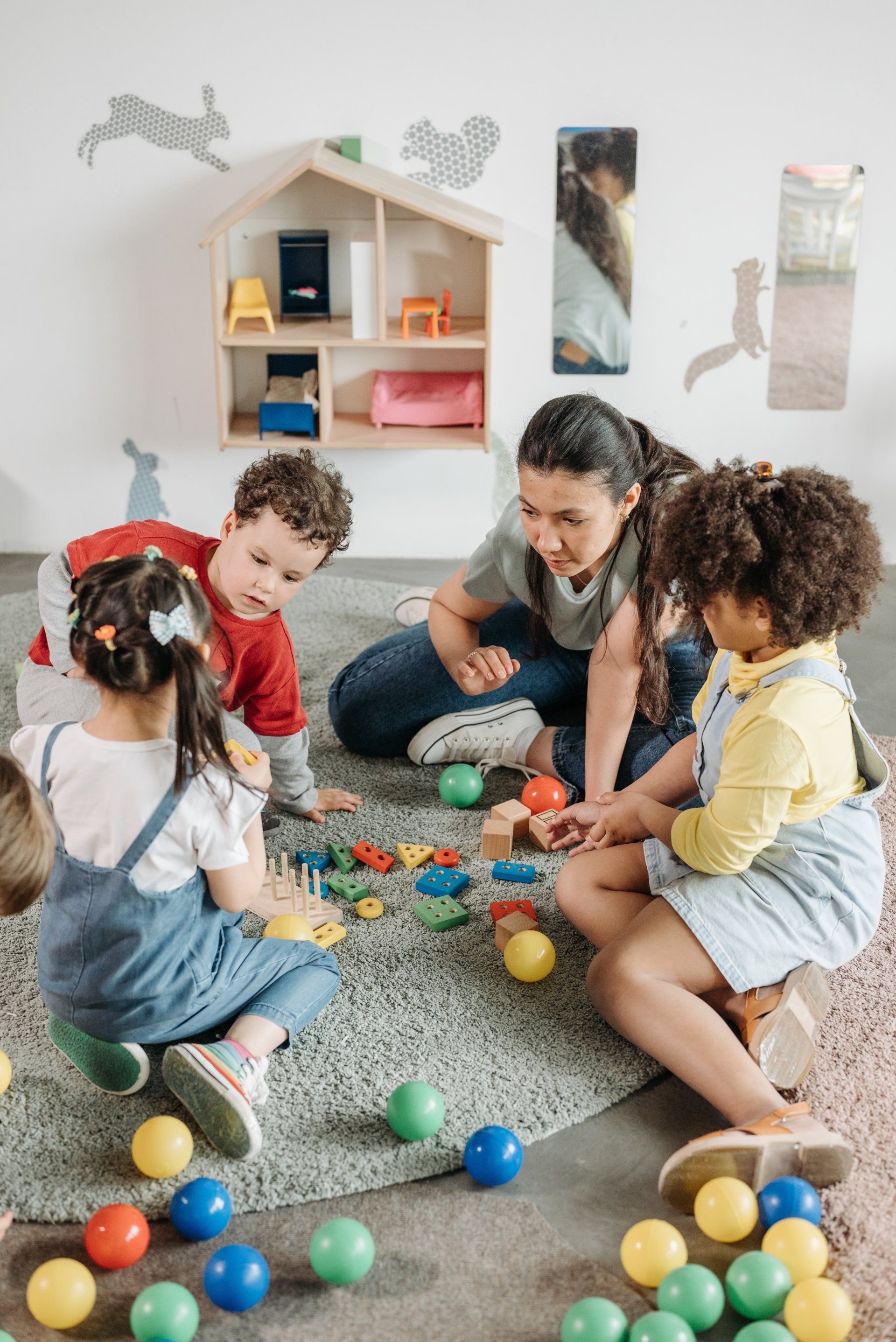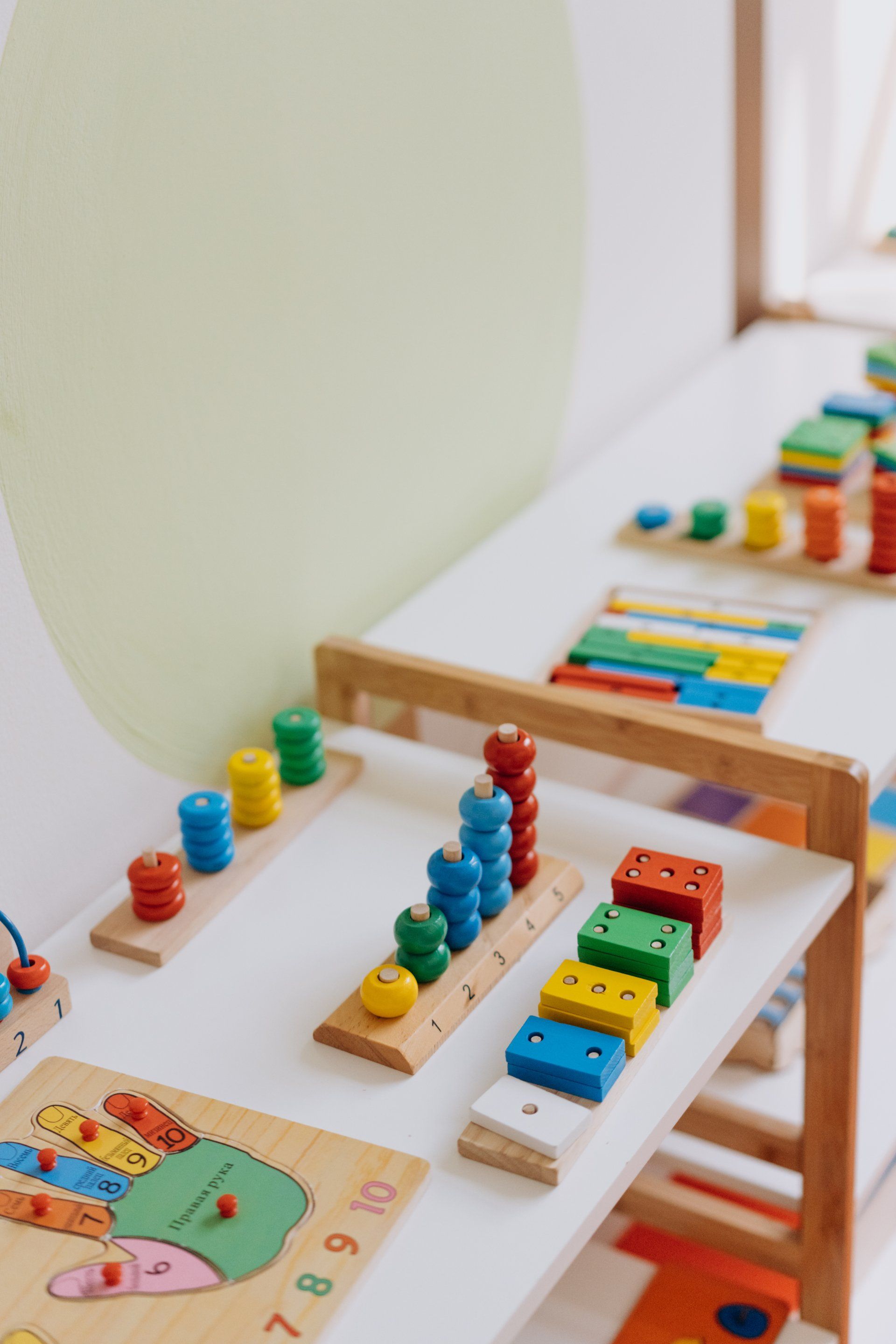Segment 5: Creating a Nurturing Home Environment

In addition to the child care setting itself, the home environment plays a significant role in a child's development. Creating a nurturing home environment that complements the child care experience is essential for fostering healthy growth and learning. Here are key strategies for establishing a nurturing home environment:
1. Consistent Routines:
- Establish consistent daily routines for meals, bedtime, and playtime.
- Predictable routines provide children with a sense of security and help them understand what to expect.
2. Setting Boundaries:
- Define clear boundaries and expectations for behavior within the home.
- Ensure that consequences for actions are consistent and fair, reinforcing positive behavior.
3. Positive Parent-Child Relationships:
- Foster warm and supportive relationships with your child.
- Spend quality time together, engaging in activities that promote bonding and connection.
4. Communication:
- Create an open and communicative atmosphere where children feel comfortable expressing their thoughts and feelings.
- Encourage active listening and validate your child's emotions.
5. Learning Opportunities:
- Incorporate learning opportunities into everyday activities. For example, count objects during playtime or read books together to promote literacy.
- Explore the child's interests and provide resources or experiences that align with their curiosity.
6. Nurturing Play:
- Encourage imaginative and creative play by providing a variety of toys and materials.
- Join your child in play, fostering interaction and shared experiences.
7. Screen Time Management:
- Establish screen time limits and age-appropriate content guidelines.
- Prioritize face-to-face interactions and active play over passive screen time.
8. Safe and Stimulating Environment:
- Ensure a safe and child-friendly home by childproofing areas and keeping hazards out of reach.
- Create stimulating and engaging play spaces with age-appropriate toys and materials.
9. Reading and Literacy:
- Make reading a daily habit, with a variety of books accessible to your child.
- Encourage storytelling and engage in discussions about the stories read.
10. Emotional Support:
- Acknowledge and validate your child's emotions, helping them develop emotional intelligence.
- Teach healthy ways to cope with and express emotions, such as deep breathing or using words to communicate feelings.
11. Encourage Independence:
- Support your child in developing age-appropriate independence and self-help skills.
- Offer choices when appropriate, allowing your child to make decisions.
12. Family Bonding:
- Create opportunities for family bonding, such as family outings or game nights.
- Strengthen family connections and create lasting memories.
13. Role Modeling:
- Be a positive role model by demonstrating kindness, empathy, and respect in your interactions with others.
- Children often learn by observing and imitating adult behavior.
14. Limit Stress:
- Minimize stressors in the home environment by maintaining a peaceful atmosphere.
- Provide a secure and stable environment for your child to thrive.
-
By implementing these strategies, parents and caregivers can create a nurturing home environment that complements the child care experience. This holistic approach to child development, combining quality child care and a supportive home environment, fosters healthy growth, emotional well-being, and a strong foundation for lifelong learning.







